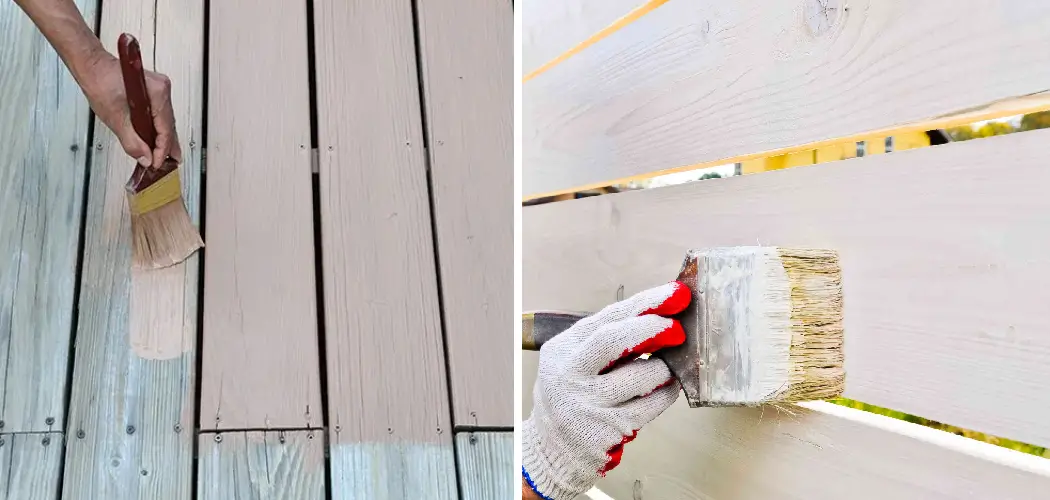Do you want to know how to properly smooth and seal pressure-treated wood? Pressure-treated lumber is an economical and effective way of protecting outdoor wooden surfaces, such as decks, fences, and patios from the elements.
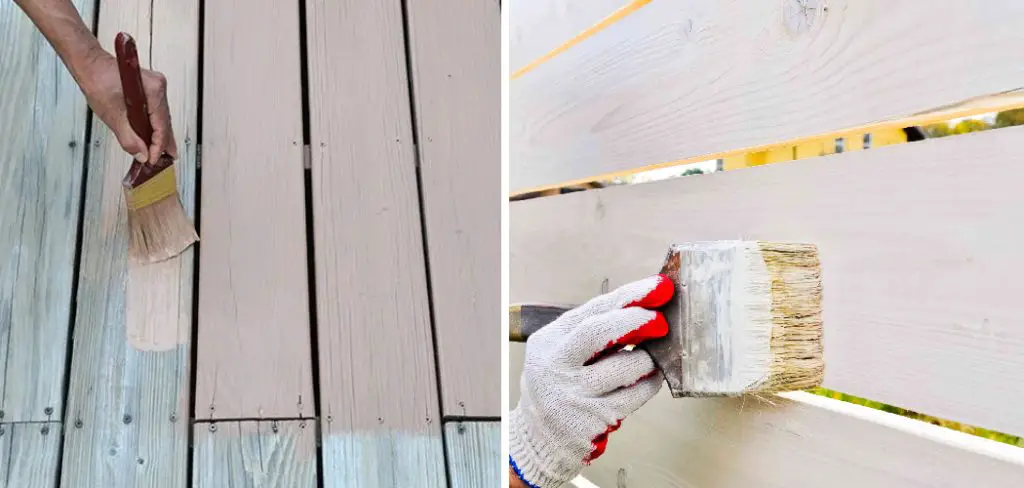
However, it can be tricky to remove the rough texture that often comes with pressure treatment. Luckily for you, there are several methods that can help make your project look professional without having to spend a fortune on time or money! Read on for our guide on how to smooth pressure treated wood perfectly – so you’ll have excellently finished results every time.
9 Best Methods on How to Smooth Pressure Treated Wood
1. Sanding Your Pressure-Treated Wood:
Sanding is the go-to method for smoothing out pressure-treated wood. You will need to get good quality sandpaper (80 grit, 120 grit, and 220 grit) and an electric sander if you have large areas to cover. Start with the coarsest grit, and then proceed to finer grits until your surface is smooth to the touch. Remember to sand with the wood grain and be careful not to over-sand as it can remove too much of the protective treatment.
2. Using a Pressure Washer:
If you have a pressure washer, this is an excellent method for removing roughness from your pressure-treated wood. The water will push away any loose fibers or dirt on the surface, and once it dries out, you can sand it with fine-grit paper for an even smoother finish. This method works best on large, flat surfaces but be careful not to use too much pressure as it can damage the wood.
3. Using a Belt Sander:
A belt sander is an electric sander that uses a continuous loop of sandpaper attached to two rotating drums. This method is ideal for larger areas or particularly rough surfaces. Make sure you start with coarse grit sandpaper and work your way up to finer grits until the surface is smooth. This is a quicker method than sanding by hand but can be more challenging to control, so be careful not to over-sand.
4. Planing Your Pressure-Treated Wood:
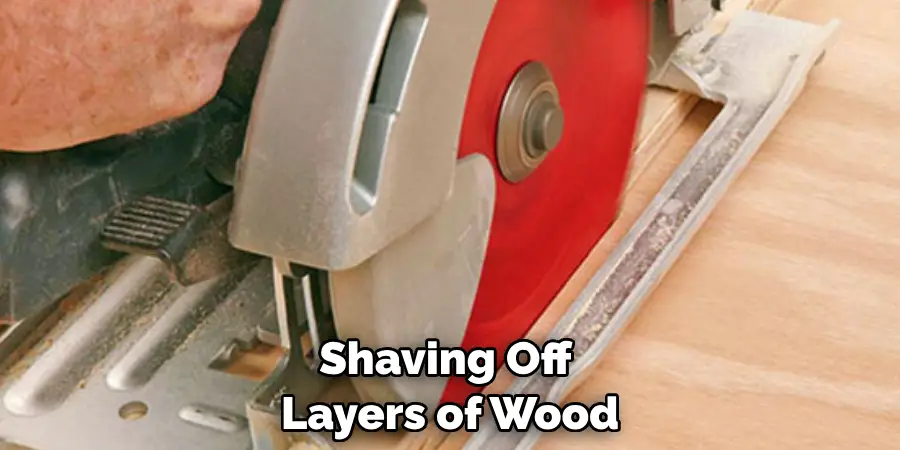
Using a planer is ideal for removing roughness on thicker pieces of wood or large construction timbers. It works by shaving off layers of wood with rotating blades until the surface is smooth. You can adjust the depth of the blades according to your desired smoothness, and it is a very efficient method for smoothing pressure-treated wood. However, this method may not be suitable for smaller or irregularly shaped pieces of wood.
5. Scraping the Surface:
If you only have small areas to smooth out, scraping can be an effective method. Use a sharp scraper or putty knife to gently scrape away any rough fibers on the surface. This method requires a bit of elbow grease and attention to detail, but it can be very satisfying to see the smooth results once you’re done.
6. Using Wood Conditioner:
Wood conditioner is a product that helps seal wood fibers and even out the absorption of stains or paint. Apply the conditioner to your pressure-treated wood before sanding, and it will help fill in any pores or cracks on the surface. This method can make a big difference in achieving a smooth finish when staining or painting your wood.
7. Filling Cracks with Wood Putty:
If you have any larger cracks or holes in your pressure-treated wood, filling them with wood putty can help achieve a smooth surface. Apply the putty with a putty knife, and once it dries, sand it down until it is flush with the rest of the wood. This method may require multiple applications for larger cracks or holes.
8. Using an Adhesion Promoter:
An adhesion promoter is a chemical that helps paint or stain adhere better to the surface of your wood. Applying this product before painting or staining can help achieve a smoother finish and prevent any uneven absorption or blotchiness. Follow the instructions carefully, as some products may require sanding after application.
9. Finishing with a Sealant:
Once you have achieved a smooth surface on your pressure-treated wood, it’s essential to protect it with a sealant. This will help prevent any future warping, cracking, or splitting of the wood due to exposure to the elements. Choose a sealant specifically designed for pressure-treated wood and follow the application instructions carefully.
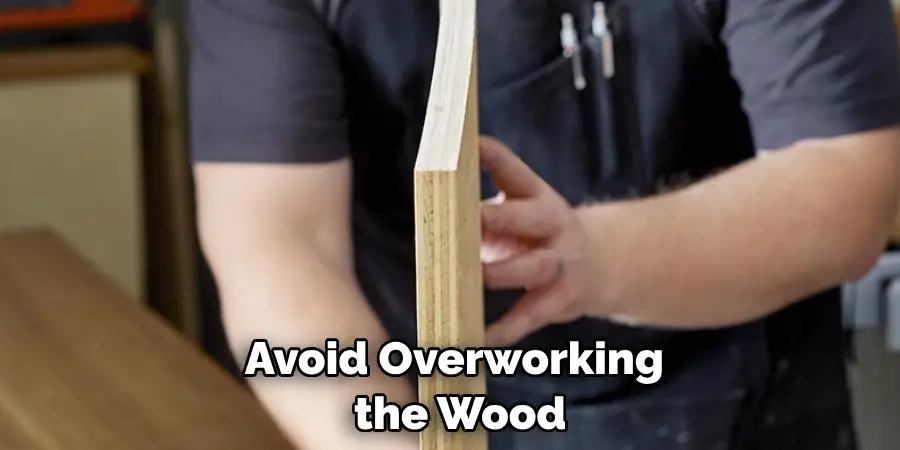
Following these methods for smoothing pressure-treated wood will ensure your outdoor projects look professional and last for years to come. Remember to always follow safety precautions and take breaks when needed to avoid overworking the wood. With a little patience and effort, you’ll have beautifully smooth pressure-treated wood that’s ready for any outdoor adventure.
Additional Tips and Tricks to Smooth Pressure Treated Wood
- Use a belt sander or handheld orbital sander for larger, flat surfaces. These types of sanders are great for removing rough spots and creating a smooth finish.
- For smaller or curved areas, use a detail sander or sanding block to ensure you don’t miss any spots.
- When using an electric sander, be sure to move in the direction of the wood grain to prevent any scratches or marks.
- If you notice any raised fibers while sanding, use a piece of fine-grit sandpaper to gently smooth them down.
- Once you have achieved the desired level of smoothness, wipe the wood down with a damp cloth. This helps remove any remaining dust and debris before applying a finish.
- Consider using a wood conditioner before staining or painting pressure-treated wood. This will help the wood absorb the finish more evenly and create a smoother final result.
- Don’t forget to wear protective gear while sanding, including goggles and a dust mask. Pressure-treated wood can release harmful chemicals when sanded, so it’s important to take precautions.
- If you are working with vertical surfaces, such as deck railings, consider using a foam sanding block to make the process easier and more comfortable. This also allows for more precision when sanding hard-to-reach areas.
- Pay close attention to any knots in the wood, as they can be difficult to sand and may require extra attention to achieve a smooth finish.
- If you are planning on painting pressure-treated wood, consider using a primer before applying the final coat. This will help seal the wood and create an even smoother surface.
- Lastly, don’t underestimate the power of hand sanding. Sometimes a little extra elbow grease can make all the difference in achieving a perfectly smooth finish on pressure-treated wood.

These tips and tricks should help you achieve a smooth and professional finish on your pressure-treated wood project. With the right tools and techniques, you can transform rough and splintery wood into a beautiful and smooth surface that is ready for any type of finish. Remember to take your time and work carefully to ensure the best results.
Frequently Asked Questions
What is Pressure-treated Wood?
Pressure-treated wood refers to lumber that has been infused with chemicals under high pressure in order to increase its resistance to rot, decay, and insect damage. This process ensures that the wood will last longer, making it a popular choice for outdoor construction projects such as decks, fences, and raised garden beds.
How Do I Know if My Wood is Pressure-treated?
Pressure-treated wood can easily be identified by its greenish-brown color, which comes from the chemicals used in the treating process. You may also notice a slight odor or sheen on the surface of the wood. Some manufacturers will stamp or label their pressure-treated wood with a code that indicates what type of treatment was used.
Do I Need to Seal or Stain Pressure-treated Wood?
While pressure-treated wood is already resistant to rot and decay, it is recommended to seal or stain the wood for added protection against moisture and UV rays. This will also enhance the appearance of the wood and help maintain its color over time. It is important to wait a few months before sealing or staining pressure-treated wood to allow the chemicals to fully penetrate and dry.
How Do I Smooth Pressure-treated Wood?
Smoothing pressure-treated wood requires proper sanding techniques. It is important to use a medium-grit sandpaper (around 80-100 grit) and work in the direction of the grain to avoid splintering or damaging the wood.
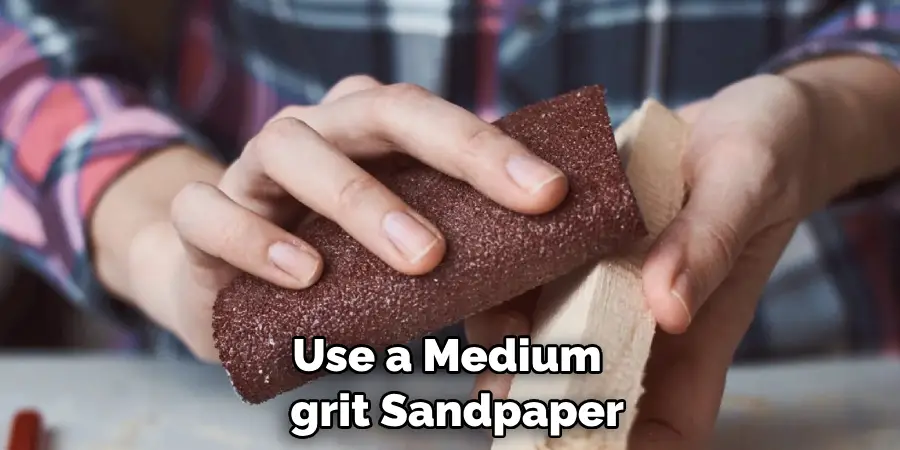
You may need to start with a lower grit sandpaper and gradually work your way up to achieve the desired level of smoothness. It is also important to wear protective gear, such as a dust mask and safety glasses when sanding pressure-treated wood due to the chemicals it contains.
How Often Do I Need to Reapply Sealant or Stain on Pressure-treated Wood?
The frequency of reapplying sealant or stain on pressure-treated wood depends on several factors, such as the type and quality of the product used, climate conditions, and amount of foot traffic. It is generally recommended to reapply every 2-3 years, but it is important to regularly inspect the wood for signs of wear and determine if a new coat is needed.
Conclusion
With the above outlined you can easily understand how to smooth pressure treated wood and keep it looking great for years to come. Remember to always follow safety precautions when working with pressure-treated wood and regularly maintain its protective coatings to ensure its longevity. For more information and tips on woodworking, be sure to check out other articles on our website!

